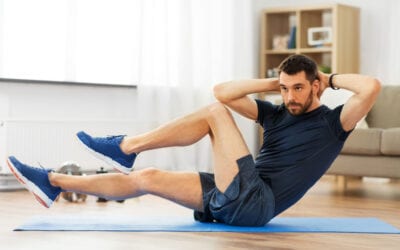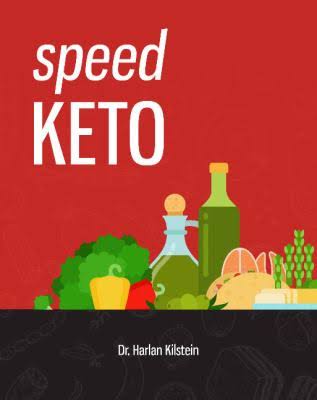Currently, the internet is full of various articles on weight loss. You will come across many explaining fat burning tips and how to lose fat quickly and turns fat into muscle. In the articles, you will likely get to know how weight training helps build muscles. Then, they tend to explain how it helps burn calories, raises the metabolic rate, and then burns fat faster. While the explanations are true, they are often exaggerated.

What is the Number of Calories that Muscle Burns?
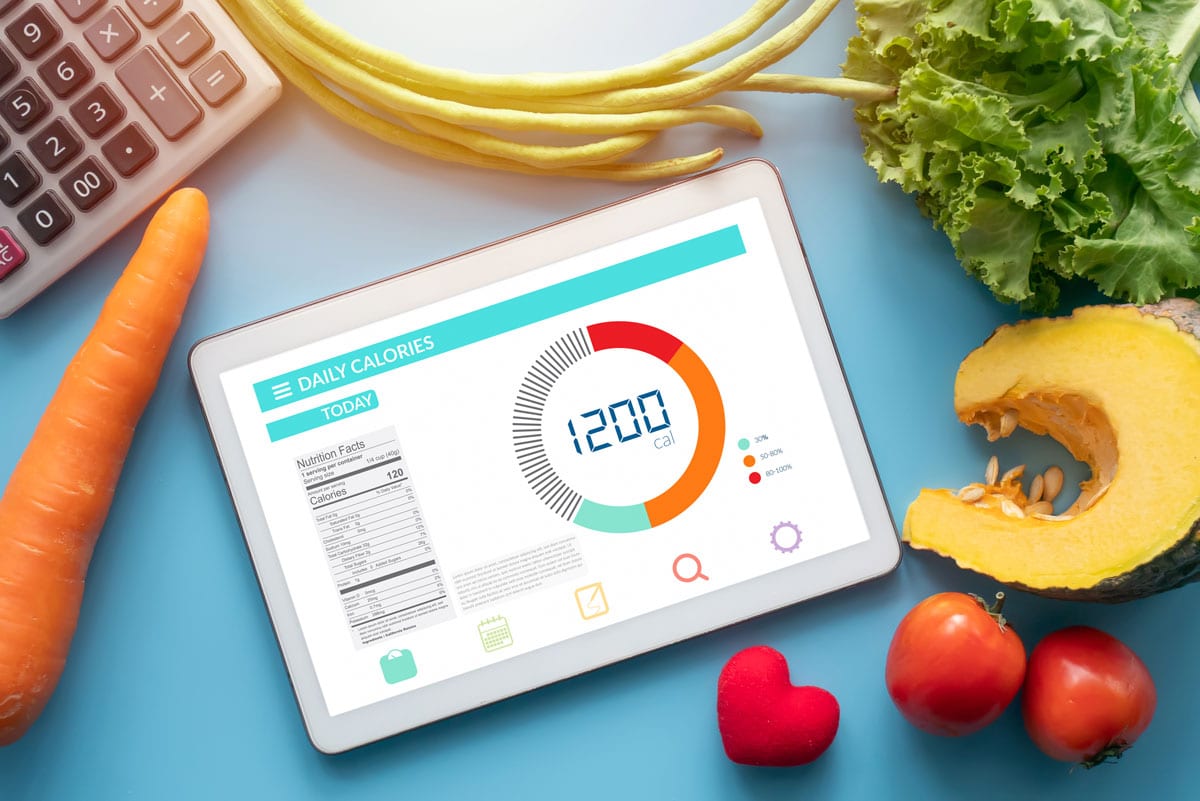
How does fat turn into muscle?
Failure to eat sufficient protein while reducing your calorie intake would result in fat loss. Also, it will influence muscle loss. Several studies show that low protein intake accelerates muscle loss to cover for the insufficient protein. Naturally, the body would burn the reserved fat and muscle. Eventually, the muscle cells will start to shrink.
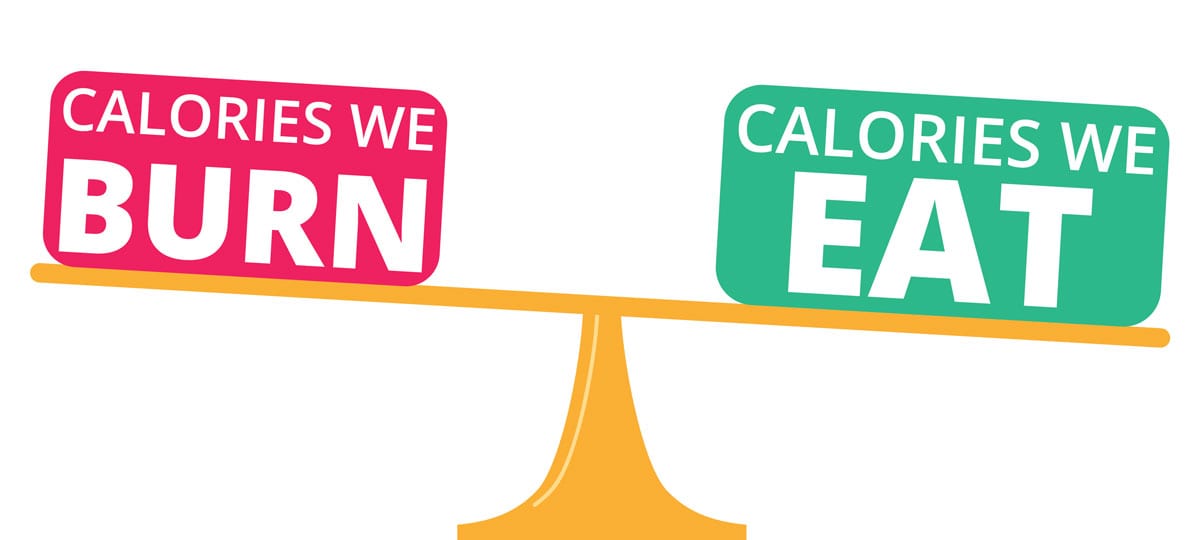
The amount is equal to the size of protein found in 3.5 to 4-ounce chicken breasts or 3 cups of chopped chicken. Note that such an individual has to be performing weight training, like lifting weights during the program. As discussed earlier, the importance of the routine is to reduce the weight without having to lose muscles.
4 Useful Tips for Reducing Fat and Gaining Muscles
1. Engage High-intensity Interval Training
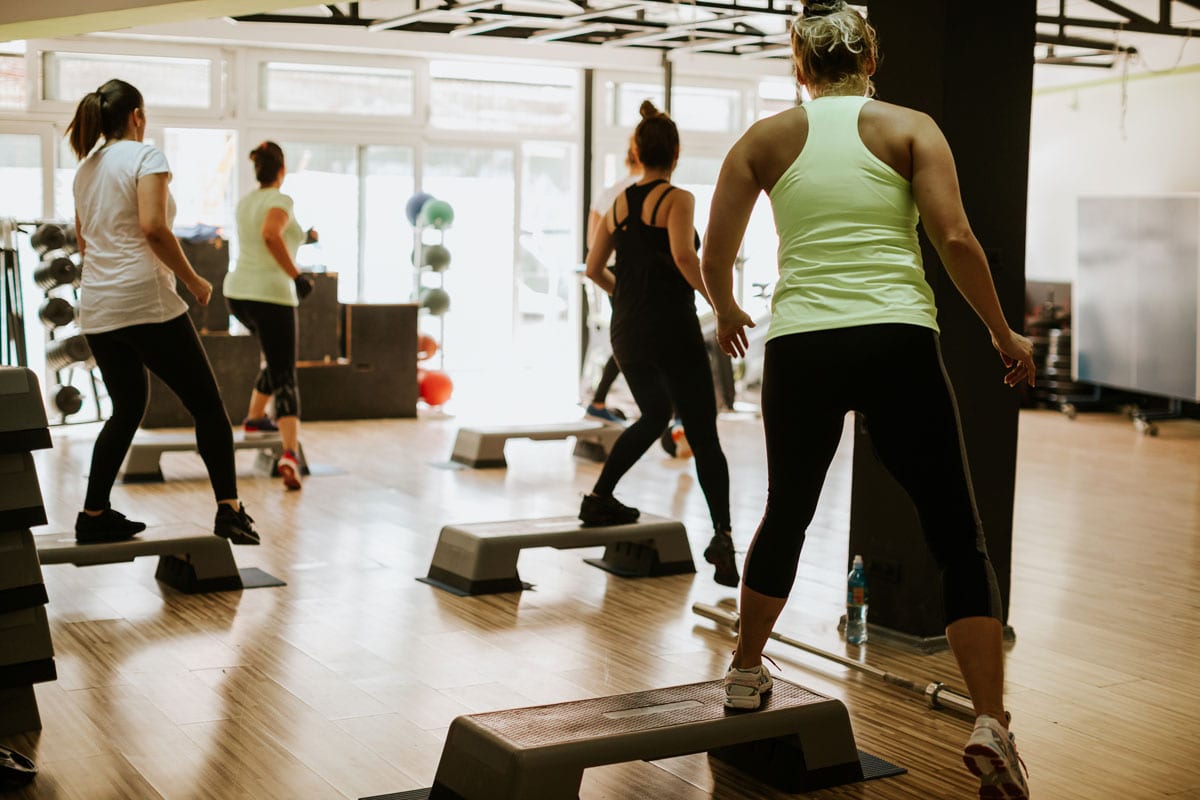
The increased rate can last for several hours during the recovery period. For your HIIT routine, you may consider performing 30 seconds to one-minute use of maximum effort. Then, try two to five minutes for the recovery period with a simple routine. For your recovery routine, consider jogging (at a low pace), walking, or performing any simple form of aerobic exercise.
2. Perform Compound Strength Training
Rather than performing a single extension, you can combine squats, bench presses, deadlift, and dips to engage multiple joints. By so doing, you can build more muscle mass and increase metabolic rate. Consequently, you will lose weight faster. Have a look at this article about weight lifting, 11 Deadlifts Must-Know Tips.
3. Get good sleep
Advisably, you should sleep for 8 hours, 30 minutes every night. According to a study published in 2010, dieters who sleep for 5 hours 30 minutes per night tend to lose 55% lesser fats and 60% higher fat-free body mass compared to those who sleep for 8 hours and 30 minutes each night.
4. Eat good food
From research, you need to consume 0.8grams of protein for each pound of body weight to experience muscle growth. However, ensure that it is not beyond one gram per pound. If not, you will not be helping your weight loss program at the same time. As part of your diet plan, you should consider lean proteins, such as fish and egg whites. Also, vegetables, whole grains, and fruits are recommendable.
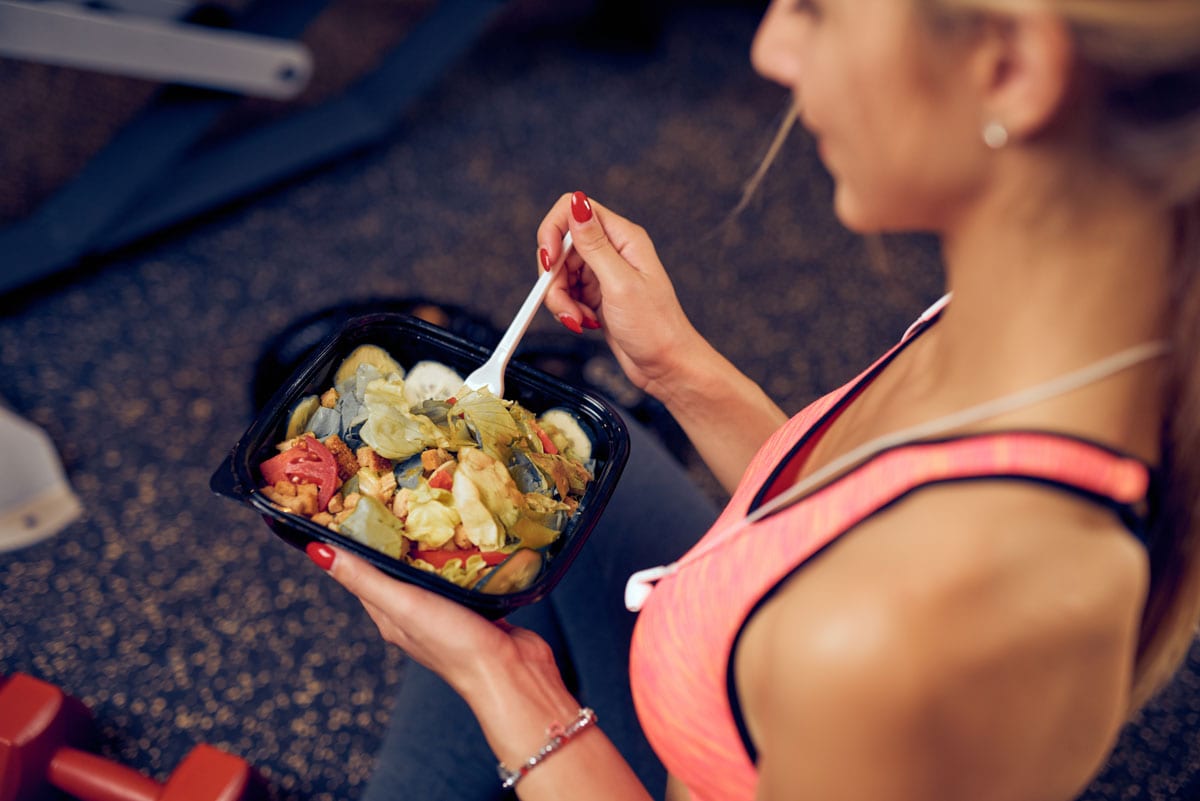
Conclusion
Before we conclude, let’s remind you that if you ever ask, how does fat turn into muscles? A simple answer is no; it doesn’t turn directly. So, don’t be deceived into purchasing any fake product claiming the best way to turn fat into muscle. Instead, what you need to reduce those excessive fats is sticking to your diet plan, and performing weight-training routines as advised by your fitness instructor.
Also, endeavour to put the tips on how to gain muscles and lose fat quickly, as explained herein at the back of your mind.
It won’t help gain huge muscle mass alone, but also ensure that you reach your fitness goals earlier than planned.
Finally, endeavour to consult your doctor or nutritionist before you change your diet plan.
Other Articles you may like.
Bicycle Crunches
Bicycle Crunches is one of the very best abdominal and obliques muscles strengthening exercises around. It will also activate the rectus abdominis – your upper abdominal muscle. It also dramatically strengthens your core and help maintain good posture. The Bicycle Crunches are about 250% better than standard crunches
The Hamstring and Calves Stretch
The Hamstring and Calves Stretch will improve flexibility and allow more hip motion. The hamstrings and calves can quickly tighten when undertaking any kind of running, dancing or wearing high heel shoes.
Floor Heel Taps
The Floor Heel Taps is excellent to strengthen your back, buttocks, Abs, and thighs at the same time. By lying flat on the mat, and lowering and raising your legs, you feel all your lower body muscles working. One of the benefits of this exercise is very safe and simple to be performed by most people.
The Floor Heel Tap is particularly is suitable for those people who need to strengthen their back or hips.

